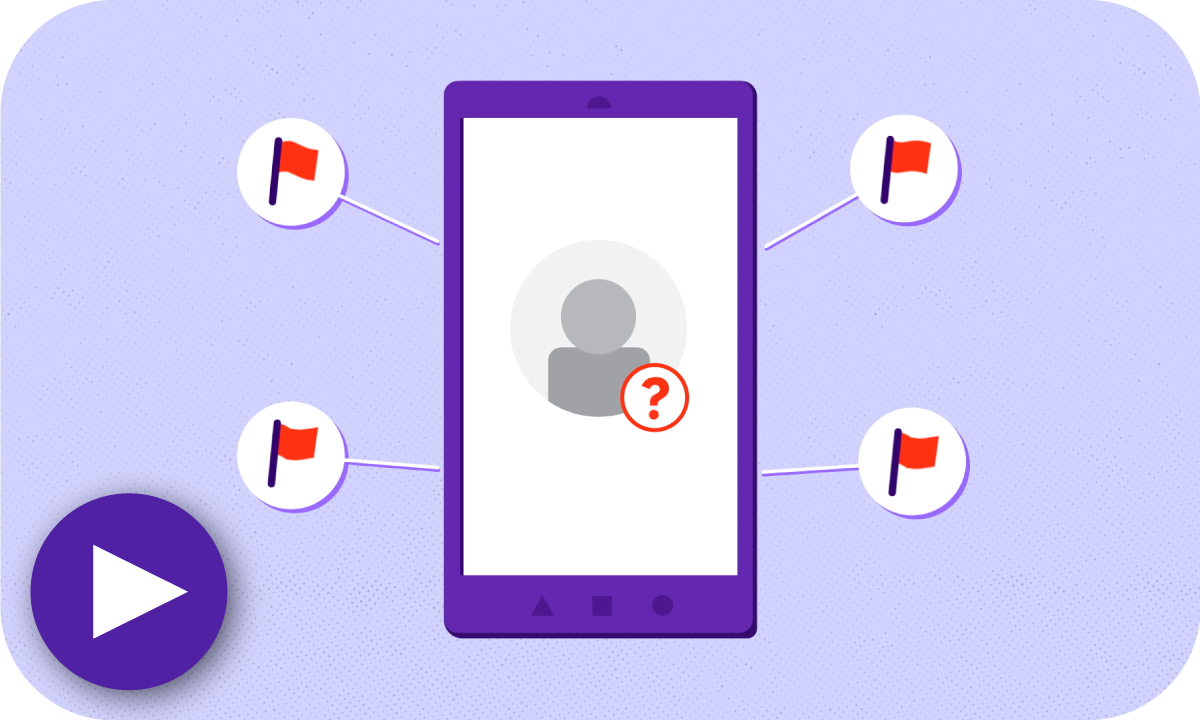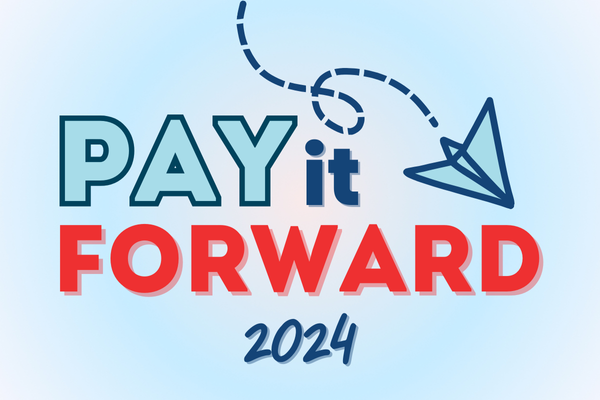
The Blog
How to Spot a Pay Yourself Scam
Scams
Mar. 03, 2024

The best way to avoid scams is to know what to look for.
The “Pay Yourself Scam” begins with a text message from a scammer that looks like a fraud alert from your bank. If you respond to the text message and engage the scammer, you’ll receive a call from a number that appears to be your bank. The scammer pretends to be a representative from your bank or credit union and offers to stop the alleged fraud. In reality, the scammer is actually tricking you into sending money to their own bank account.
Here’s how they scam you:
When you enroll with Zelle®, your bank sends you a security code to verify your identity. The scammer lies that they need this passcode to authorize your payment to yourself. If the scammer is given the one-time passcode, they’ll be able to enroll THEIR bank account with Zelle® using your email or phone number. Now the money you thought you were sending to yourself is sent directly to their bank account.
Remember, FMB will never ask you to send money to yourself.
If you detect suspicious activity, hang up and contact our FMB fraud team directly at 920-361-1454.
It’s important to keep an eye out for new variations of this scam.
Instead of asking you to send money to your own email address or phone number, the fraudster may ask you to send money to an email address that they provide. Email addresses can include your name and/or a combination of your name PLUS Zelle® Dispute, bank’s name, Fraud, Claim or other words to trick customers into thinking it is a legit email.
Examples: “yournameZelleDispute @abc.de” or “yourname @email.com.”
FMB will not ask you to send money via Zelle® to any account, so any form of this request could be a scam.





